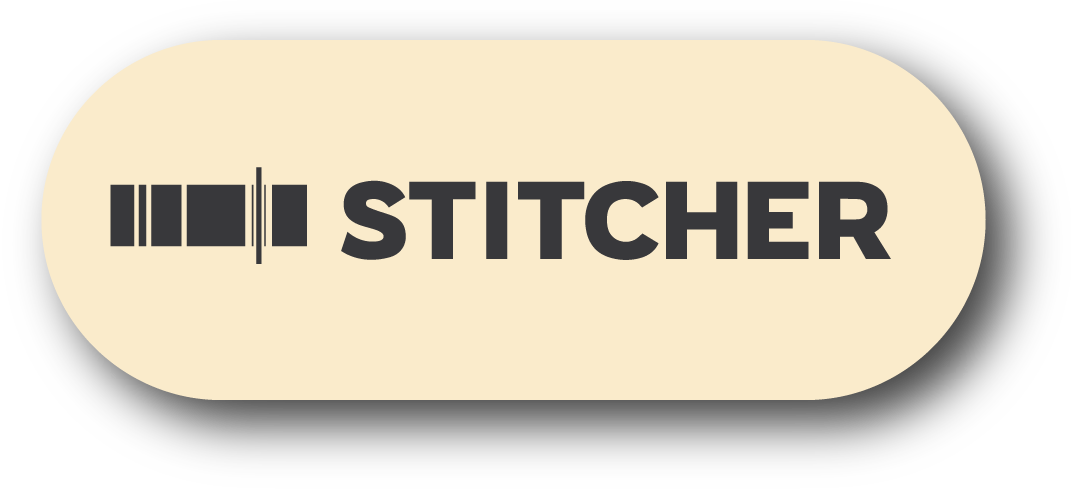#447 - ADAM YARINSKY, Principal of Architecture Research Office (ARO)EmbedEdit
SUMMARY
This week David and Marina of FAME Architecture & Design are joined by Adam Yarinsky, FAIA and Principal of Architecture Research Office (ARO). They discussed Adam’s architecture childhood dream; education and master’s research; urban design vs Architecture; starting the ARO office; evolution of ARO’s design approach; office structure & value of consultants; mentorship; ARO office monograph; challenges facing the profession; importance of research in Architecture projects; and more. Enjoy!
ABOUT ADAM
Adam Yarinsky, FAIA, is Principal of Architecture Research Office (ARO). He holds an undergraduate degree in Architecture from the University of Virginia and a Master of Architecture from Princeton University. He has served as the Eliel Saarinen Professor at the University of Michigan, the Thomas Jefferson Professor at the University of Virginia, and the Eero Saarinen Visiting Professor at Yale University. He has also taught at Harvard University, Princeton University, Syracuse University, Parsons the New School for Design, and Washington University in St. Louis. Adam has lectured widely throughout the United States and abroad. His writing has appeared in A+U, The Architect’s Newspaper, 306090, Dimensions, Places Journal, and elsewhere. Adam served on the board of Places Journal and the University of Virginia School of Architecture Dean’s Advisory Board.
ARO is the New York City firm united by their collaborative process, commitment to accountable action, and social and environmental responsibility. Research gives their work purpose and intention. Their architecture unites beauty and form with strategy and intelligence. Their office designs spaces that inspire people, further institutional missions, and advance equity and resilience. This philosophy has earned the firm over one hundred design awards including the 2020 AIA Architecture Firm Award, the AIA New York State Firm of the Year Award, and the Smithsonian Cooper-Hewitt National Design Award for Architecture.
TIMESTAMPS
(00:00) Adam's childhood and education.
(16:03) Urban design vs Architecture.
(24:26) Starting ARO office.
(28:48) Evolution of ARO design approach.
“We think about architecture expansively in terms of a diverse range of work, but holistically within each project, in terms of scale, and then relationally in terms of everything we make has some relationship to something else. It's not thought of as an object in and of itself, even though it may be perceived that way. So, how we think about the expansive aspect of architecture is reflected in some of ARO’s research projects, whether it's the scale of a detail or an element, all the way to a larger-scale urban project.” (31:40)
(37:28) ARO office structure & consultants.
“Collaborators who are specialists generally really like to work with us because we don't come in and say, 'We have a formal idea, and we need you to make it look like this.’ Rather, they have an expertise, and we think about how to engage that in the service of the ideas that we're exploring in the project. So there's a process of co-creation. It's a close collaboration, and we’re deeply involved.” (39:06)
(40:12) Consultants and teamwork
(49:07) ARO office monograph.
“Use and experience are important to us. I have always taken for granted that if you have an idea in architecture, it should be something that someone can understand directly through the building. Rafael Minio has this amazing text called “The Solitude of Buildings”. It's from the mid-80s, but it's basically about when you create a building, and when it’s done, it's out there, external to the architect. They are not there to explain it to anyone. It takes on a life of its own. So, design for use and experience is about how the qualities of light or the orientation of a site, etc., allow you just to, without interpretation,to understand the intent of the project and have it be meaningful.” (56:01)
(57:25) Challenges facing the architecture profession.
“I think it's a real challenge to communicate what makes architecture relevant and impactful. It's not simply an aesthetic exercise. It's not a form of criticism in and of itself. It's about offering alternative, potential realities and transforming the status quo in a positive way. A lot of times, architects, by virtue of their training, sometimes conflate composition with design or form with idea. We have our own fetishization of things that we're interested in. So, I think we should be mindful of that. One can certainly appreciate and lavish attention on making form, because that's what we do, but how is it in the service of something more? That's where the relational side matters; the reciprocity that a building has with its place, time and people.” (58:51)
(01:00:52) Research is important in architecture.
(01:05:22) Project type that Adam would like to do.
(01:07:31) Favorite buildings.
“Although the field of architecture today is much broader than when I was a student, the sense that you're a generalist is important on some level. Because with specialization, there's this siloing that tends to happen, and we shouldn't just be delegating things to others. We need to be figuring out how to synthesize all the information into something that's impactful and meaningful in its totality. That's ultimately the role of the architect, and that requires knowing what you don't know, knowing what kinds of questions to ask, having experience, and being highly collaborative.” (01:12:18)
























